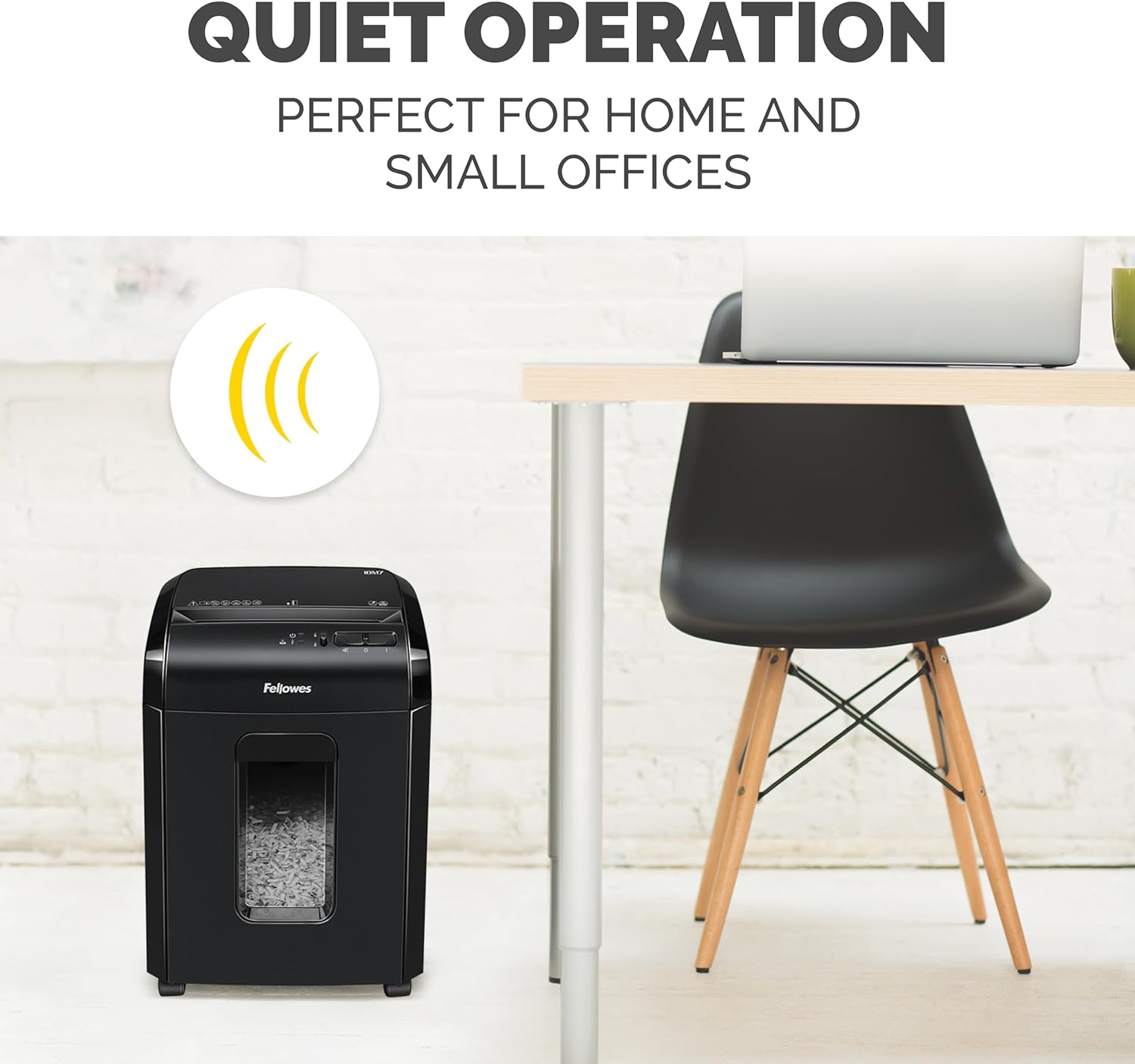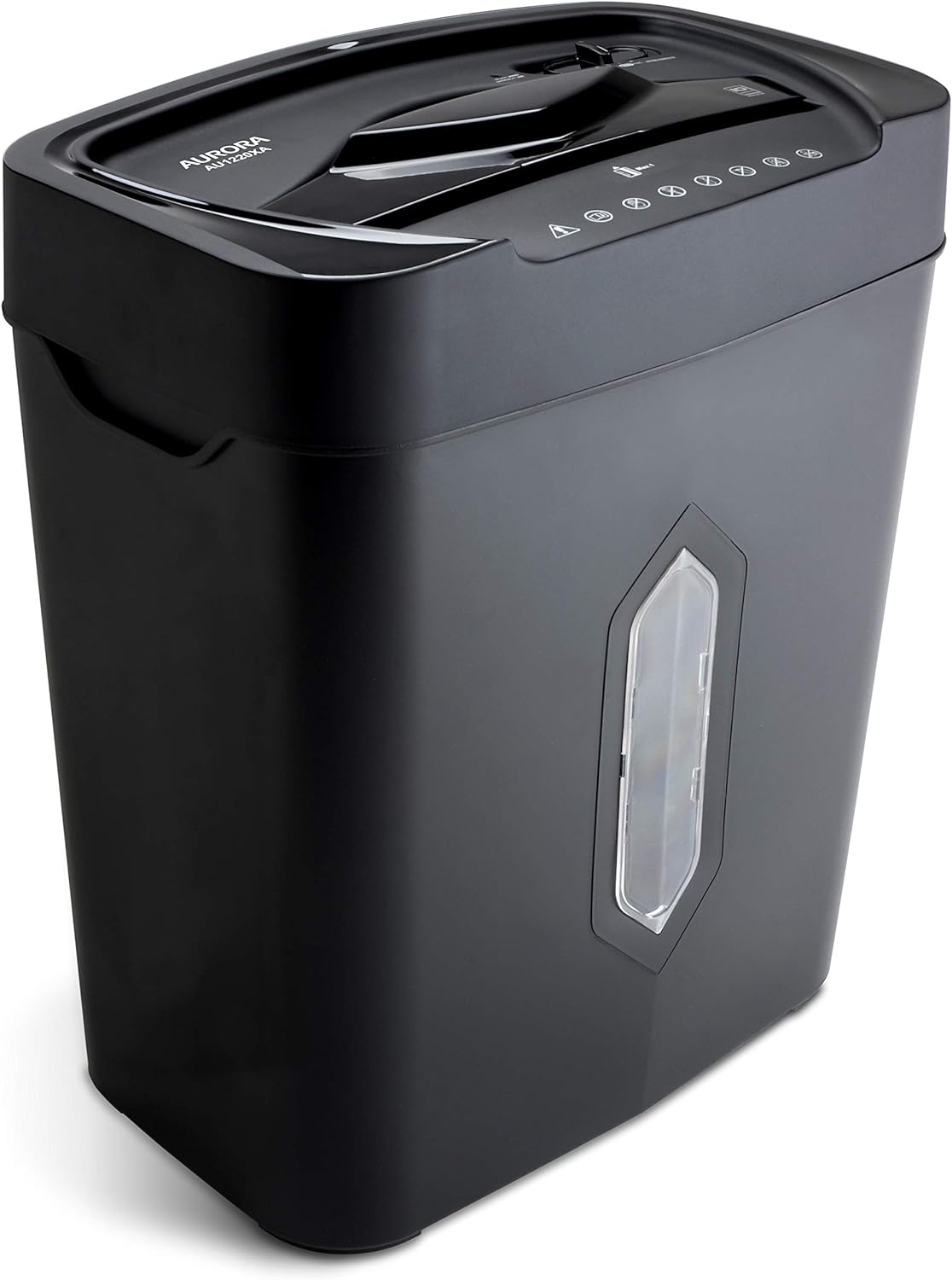Have you ever wondered whether cross cut or micro-cut shredders are more effective for securely disposing of your sensitive documents? In this article, we will explore and compare the benefits and drawbacks of both shredding techniques to help you make an informed decision. Whether you’re looking to safeguard personal information or protect important business documents, understanding the differences between cross cut and micro-cut shredding methods will enable you to choose the best option for your specific needs. So, let’s dive into the world of shredders and discover which is better: cross cut or micro-cut.
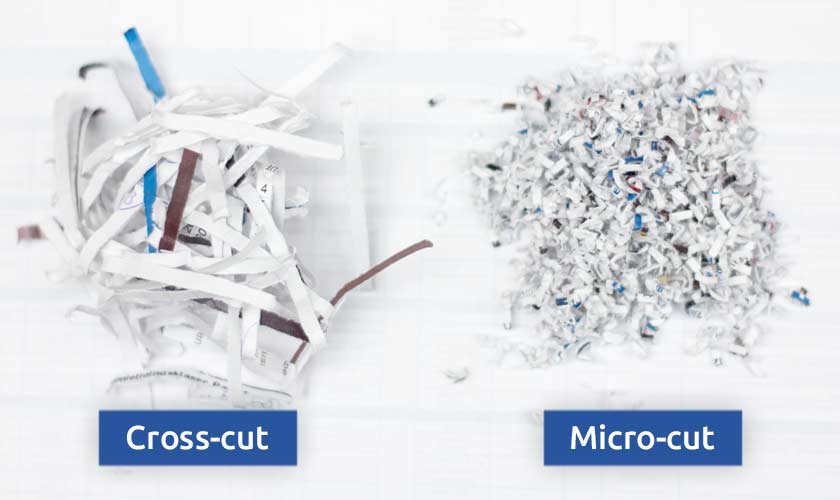
What is a cross-cut shredder?
Definition of cross-cut shredder
A cross-cut shredder is a type of paper shredder that cuts documents into small particles, typically in a crosshatch pattern. It offers a higher level of security compared to strip-cut shredders, as the particles produced are much smaller and harder to piece back together. Cross-cut shredders are widely used in both personal and professional settings to dispose of sensitive or confidential documents.
How does a cross-cut shredder work?
A cross-cut shredder operates by feeding paper documents through a slot, where rotating blades with sharp edges cut them into small particles. These blades are designed to create a crosshatch pattern, resulting in small confetti-like pieces. The shredded particles are then collected in a bin or bag for easy disposal. These shredders can handle not only paper, but also other materials like credit cards, CDs, or DVDs, making them versatile in handling various types of confidential information.
Benefits of using a cross-cut shredder
Using a cross-cut shredder offers several benefits. Firstly, it provides a higher level of security compared to strip-cut shredders. The small particle size makes it extremely difficult for potential identity thieves or unauthorized individuals to reconstruct or obtain any usable information from the shredded documents. Additionally, cross-cut shredders have a higher shredding capacity and can handle larger volumes of paper at a faster rate than strip-cut shredders. This makes them more efficient for both personal and business use. Lastly, cross-cut shredders are relatively affordable and widely available, making them a cost-effective solution for protecting sensitive information.
What is a micro-cut shredder?
Definition of micro-cut shredder
A micro-cut shredder is a type of paper shredder that offers the highest level of security for document disposal. It uses advanced technology to turn documents into extremely tiny pieces, significantly smaller than those produced by cross-cut shredders. Micro-cut shredders are often used in government agencies, financial institutions, or any setting that requires the utmost protection of confidential information.
How does a micro-cut shredder work?
Similar to a cross-cut shredder, a micro-cut shredder operates by feeding paper documents into a slot. However, the blades in a micro-cut shredder are much finer and more numerous, resulting in significantly smaller particle sizes. These particles are usually no larger than confetti or fine dust, making it virtually impossible to reconstruct any meaningful information from them. The shredded particles are collected in a bin or bag, ready for secure disposal.
Benefits of using a micro-cut shredder
Using a micro-cut shredder provides the highest level of security for sensitive documents. The incredibly small particle size ensures that even the most determined and skilled individuals cannot piece together any meaningful information. This level of security is ideal for environments where confidentiality is of utmost importance, such as legal offices, medical facilities, or research institutions. Additionally, micro-cut shredders offer higher shredding capacities and faster speeds than both strip-cut and cross-cut shredders, making them efficient for high-volume document destruction needs.

Security level
Cross-cut shredder security level
Cross-cut shredders offer a moderate level of security. The crosshatch pattern they produce from cutting documents into small rectangular or diamond-shaped pieces makes it difficult for someone to reconstruct the original information. While it may still be possible for determined individuals to attempt reconstruction, the time and effort required make it highly impractical.
Micro-cut shredder security level
Micro-cut shredders provide the highest level of security among all types of shredders. The microscopic-size particles they produce make it virtually impossible for anyone to reassemble the original document. This level of security is crucial when dealing with highly sensitive information, such as financial records, legal documents, or confidential client data.
Comparison of security levels
While cross-cut shredders offer a reasonable level of security, micro-cut shredders surpass them in terms of protecting sensitive information. Micro-cut shredders are the preferred choice for organizations or individuals who prioritize the utmost confidentiality and want to ensure that their documents cannot be reconstructed or compromised.
Shredding capacity
Cross-cut shredder shredding capacity
Cross-cut shredders typically have a higher shredding capacity compared to strip-cut shredders, allowing them to handle more documents in a single pass. The exact shredding capacity varies among different models and brands, but cross-cut shredders generally have a range of 8 to 20 sheets per pass. This makes them suitable for personal or small business use where moderate document destruction is required.
Micro-cut shredder shredding capacity
Micro-cut shredders also have impressive shredding capacities, often surpassing cross-cut shredders. With technology advancements, modern micro-cut shredders can handle upwards of 10 to 30 sheets per pass, depending on the specific model. This makes them ideal for high-volume document shredding needs, whether it’s in larger offices, financial institutions, or government organizations.
Comparison of shredding capacities
While both cross-cut and micro-cut shredders offer substantial shredding capacities, micro-cut shredders generally have a slight advantage in handling larger volumes of paper in a shorter amount of time. However, it’s important to choose a shredder that aligns with your specific needs, as the shredding capacity may vary among different models within each category.
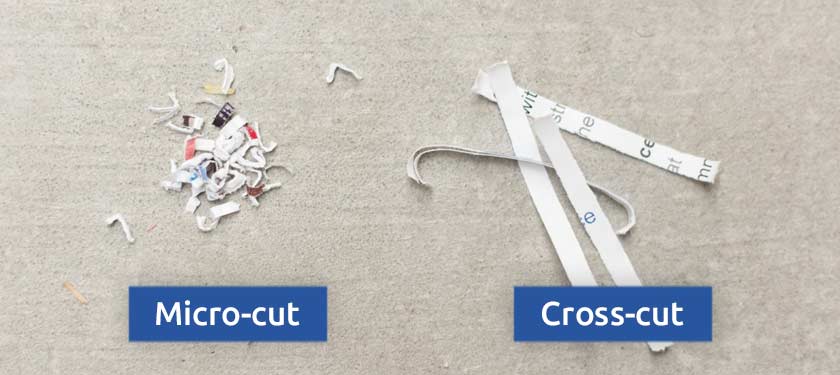
Size of shredded particles
Particle size of cross-cut shredder
Cross-cut shredders produce small particles that can vary in size, typically ranging from 1/4 inch to 1/8 inch. These particles are usually rectangular or diamond-shaped, making it challenging for anyone to piece them back together. While the particle size provides a reasonable level of security, determined individuals may still be able to reconstruct some parts of the shredded document, albeit with significant difficulty and effort.
Particle size of micro-cut shredder
Micro-cut shredders produce incredibly small particles, often no larger than 5/32 inch or even smaller. These particles are usually shaped irregularly, resembling confetti or fine dust. The minute size of the particles makes it nearly impossible for anyone to reconstruct any meaningful information from the shredded documents.
Comparison of particle sizes
The particle size produced by micro-cut shredders is significantly smaller and more secure than those produced by cross-cut shredders. While cross-cut shredders offer a reasonable level of security, micro-cut shredders go above and beyond, providing the highest level of protection for sensitive information.
Speed and efficiency
Speed of cross-cut shredder
The speed of a cross-cut shredder can vary depending on the model and brand. However, in general, cross-cut shredders offer relatively fast shredding speeds. They can typically shred between 6 to 20 feet of paper per minute, depending on the specific model. The speed allows for efficient document destruction, especially in personal or small office environments.
Speed of micro-cut shredder
Micro-cut shredders are known for their impressive shredding speeds. With advancements in technology, modern micro-cut shredders can shred at a rapid pace, ranging from 10 to 30 feet of paper per minute. This makes them highly efficient for larger office settings or organizations that require fast and secure document disposal.
Efficiency comparison
Both cross-cut and micro-cut shredders provide efficient document destruction, but micro-cut shredders generally offer faster speeds, allowing for quicker disposal of sensitive information. The shredding efficiency of both types of shredders can be further enhanced by choosing a model that matches your specific needs and volume of document shredding.

Cost
Initial cost of cross-cut shredder
The initial cost of a cross-cut shredder can vary depending on the brand, features, and shredding capacity. Generally, cross-cut shredders are quite affordable compared to micro-cut shredders. A basic model suitable for personal use can cost anywhere from $30 to $100, while higher-end models designed for heavy-duty use in businesses can range from $100 to $500.
Maintenance cost of cross-cut shredder
The maintenance cost of a cross-cut shredder is relatively low. It mainly involves periodic lubrication of the blades and replacement of shredder bags or bins. The overall maintenance cost depends on usage frequency and duration. Lubricating the blades may require occasional purchases of lubricant, usually costing around $5 to $10 per bottle. Shredder bags or bins can be purchased in bulk and generally cost between $10 and $30, depending on the size and quantity needed.
Comparison of costs for micro-cut shredder
Micro-cut shredders are typically more expensive than cross-cut shredders due to their advanced technology and higher level of security. The initial cost of a micro-cut shredder can range from $100 to $500, depending on the brand, features, and shredding capacity. However, considering the added level of security they provide, the higher cost is often justified for organizations or individuals dealing with highly sensitive information.
Long-term cost analysis
While micro-cut shredders may have higher upfront costs, their long-term cost analysis can be more favorable. The increased security they offer can potentially save organizations from costly data breaches or identity theft incidents. Additionally, their higher shredding capacities and faster speeds contribute to improved efficiency, leading to potential time and cost savings in the long run.
Noise level
Noise level of cross-cut shredder
The noise level of a cross-cut shredder varies depending on the specific model and brand. However, in general, cross-cut shredders tend to produce a moderate level of noise during operation. While this noise may not be overly disruptive, it is advisable to place the shredder in an appropriate location, away from quiet or sensitive areas, to minimize any potential disturbance.
Noise level of micro-cut shredder
Micro-cut shredders are known to produce a quieter operation compared to other types of shredders. The advanced technology used in these shredders allows for smoother and more efficient shredding, resulting in reduced noise levels. While not completely silent, micro-cut shredders offer a quieter shredding experience, making them suitable for office environments where noise pollution should be minimized.
Comparison of noise levels
When it comes to noise levels, micro-cut shredders are generally preferred over cross-cut shredders. Their quieter operation provides a more comfortable and less disruptive working environment, particularly in settings where noise reduction is important.
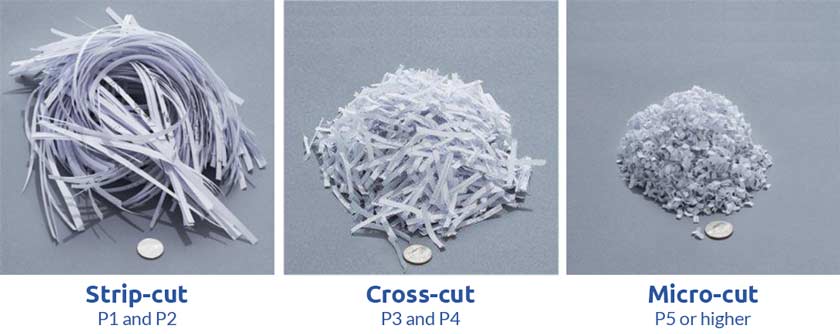
Dust and mess
Generated dust from cross-cut shredder
Cross-cut shredders are known to produce some amount of paper dust or particles during the shredding process. While the particles are relatively small, they can accumulate in the shredder bin or surrounding area, requiring occasional cleaning. However, with proper maintenance and regular emptying of the bin, the dust generated by cross-cut shredders can be effectively managed and kept to a minimum.
Generated dust from micro-cut shredder
Micro-cut shredders produce a finer and more extensive amount of paper dust compared to cross-cut shredders. The small particle size they generate can result in a larger volume of particles being released into the air or collecting in the shredder bin. To minimize the dust and mess, it is important to empty the bin regularly and maintain the shredder according to the manufacturer’s instructions.
Comparison of messiness
Both cross-cut and micro-cut shredders generate some amount of dust or particles during operation. However, micro-cut shredders tend to produce a larger volume of paper dust due to the smaller particle size. While this may require more frequent cleaning and maintenance, the added security and peace of mind provided by micro-cut shredders often outweigh the minor inconvenience of managing the dust.
Application and usage
Best applications for cross-cut shredder
Cross-cut shredders are versatile and suitable for a wide range of applications. They are commonly used in personal settings, small offices, or home offices where a moderate level of security is required. Cross-cut shredders can effectively dispose of bills, receipts, personal documents, and other non-highly sensitive materials. They are also an excellent choice for businesses that need to comply with basic data protection regulations.
Best applications for micro-cut shredder
Micro-cut shredders are ideal for applications that require the highest level of security for document disposal. They are commonly used in government agencies, financial institutions, medical facilities, legal offices, or any organization dealing with highly sensitive information. Micro-cut shredders are suitable for shredding confidential documents, financial records, medical records, legal papers, and any other materials that need to be completely destroyed and rendered unreadable.
Comparison for different use cases
The choice between a cross-cut and micro-cut shredder ultimately depends on the level of security required and the specific use case. For personal use or less sensitive documents, a cross-cut shredder offers an affordable and effective solution. However, when dealing with highly confidential information or complying with strict data protection regulations, a micro-cut shredder is the superior choice. Understanding the specific security needs and usage requirements will help determine the most suitable shredder for the task at hand.
